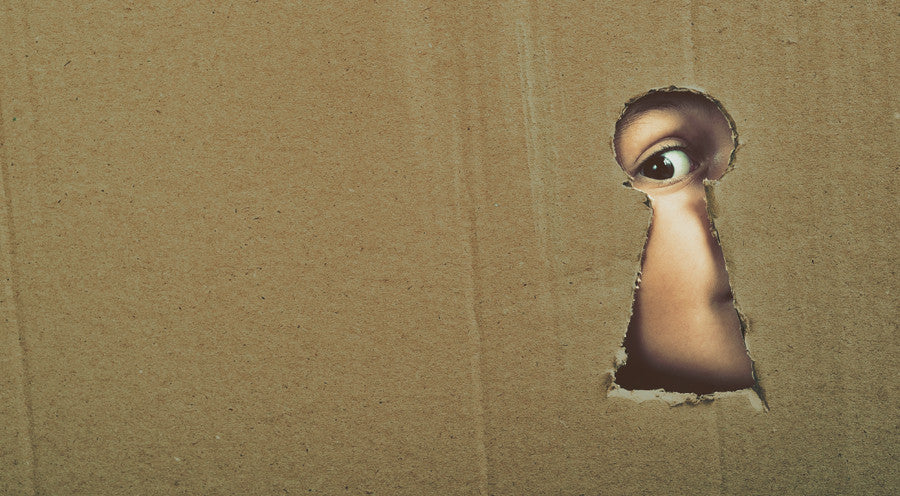
Antisèche sournoise
Dans l'article précédent, je vous expliquais une solution simple pour un problème que beaucoup de magiciens et de mentalistes ont rencontré : avoir une antisèche. Je l'ai utilisé à de nombreuses reprises et cette technique a vraiment fait ses preuves. Si vous n'avez pas vu cette vidéo, je vous ai mis un lien dans la description.
Aujourd'hui je voudrais vous dévoiler une autre technique d'antisèche, encore plus sournoise, qui est celle que j'utilise maintenant.
Elle se base sur l'idée précédente, avec un avantage supplémentaire : vous n'aurez plus besoin de mettre l'antisèche à l'écart. En soi cela ne pose pas de problème mais il y a des situations où vous préférerez ne pas le faire. Par exemple, vous n'avez pas de table à côté de vous pour mettre la feuille antisèche à l'écart, ou vous ne pouvez rien poser par terre à cause des contraintes spécifiques au style de votre évènement. Ou encore, vous n'êtes pas à l'aise pour dire "C’est un peu brouillon, je vais réécrire ça au propre." car cela ne colle pas avec votre personnage.
Pour toutes ces raisons et bien d'autres encore, j'utilise maintenant une autre technique, que je vais à nouveau expliquer dans le cadre d'un book test. Voici la préparation.
Cette fois, vous allez créer un tableau de 6 rangées sur 4 colonnes. Ce tableau ne doit pas aller jusqu'au bord du papier, laissez environ 2 centimètres de marge tout autour.
Ensuite, prenez un cutter et découpez les deux rangées du milieu. Enfin, posez cette feuille ajourée sur deux autres feuilles vierges non-ajourées.
Il ne vous reste plus qu'à écrire vos 16 scripts de mots longs, un dans chaque case.
Quand vous connaissez le mot long du spectateur, regardez la case correspondante sur votre antisèche et commencez votre script. Ecrivez chaque lettre confirmée dans la zone ajourée ; vous écrivez donc en fait sur la deuxième feuille, grâce au trou découpé dans la première. Quand vous avez terminé votre script, votre pouce droit vient se poser sur la deuxième feuille, à travers le trou, et emporte cette deuxième feuille vers la droite, laissant derrière l'antisèche et la dernière feuille. C'est un peu comme une donne en second automatique.
L'idée générale consiste à laisser un espace ajouré dans la première feuille ; cet espace doit correspondre à la taille du mot, chiffre ou dessin que vous allez révéler. Vous pouvez alors diviser l'espace autour de la zone ajourée pour obtenir autant de cases que de cas possibles. Dans mon cas, j'ai besoin de 16 cases car j'ai 16 mots longs dans mon book test, mais tout dépend de votre effet ou de votre situation.
Cette technique d'antisèche a tous les avantages de la précédente. Elle n'est pas chère, elle est facile à fabriquer, simple à utiliser et elle vous donne un accès clair et rapide à toutes vos informations. C'est la technique que j'utilise maintenant avec mon book test Babel, qui sera d'ailleurs le sujet de la prochaine vidéo, car j'ai travaillé en secret ces derniers mois pour que vous puissiez bénéficier de nouveaux bonus à cette démonstration. Je vous en parlerai plus en détails dans quelques jours.
A bientôt !





